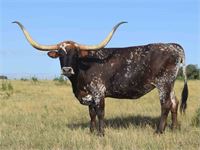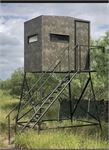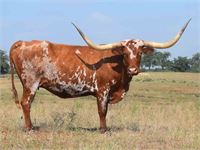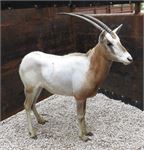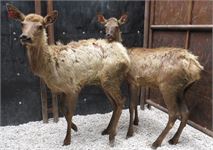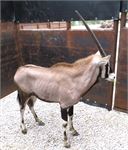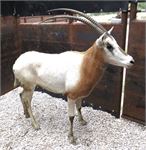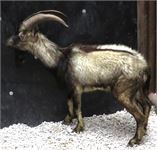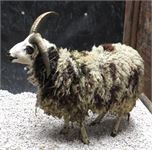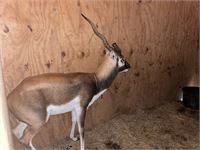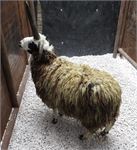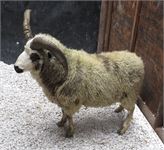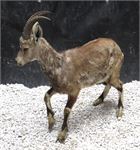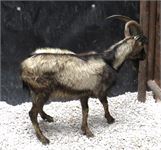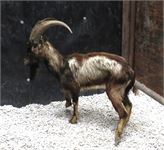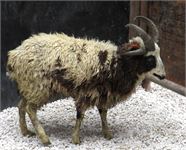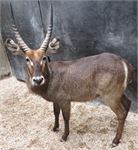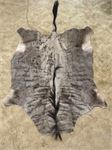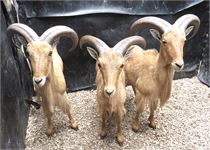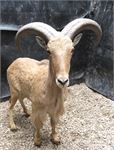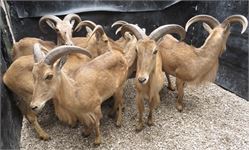OFFICE #830.232.6003
NO PHOTO
16.0 Coturnix Quail (20068596) $3.00 Easy Bid $3.00
remaining
Quantity 16
Price Per Item Sold $3.00 $3.00 0 Bid(s) View Details
Gorgeous Texas Longhorn Cow - TP Brindle Blossom (19944882) $2,500.00 Easy Bid $2,500.00
remaining
Quantity 1
Price Per Item Sold $2,500.00 $2,500.00 0 Bid(s) View Details
0.3 yak (20020262) $435.00 Easy Bid $435.00
remaining
Quantity 3
Price Per Item Sold $425.00 $425.00 15 Bid(s) View Details
remaining
$2,799.00 each Buy Now
Beautiful Texas Longhorn (19944781) $2,500.00 Easy Bid $2,500.00
remaining
Quantity 1
Price Per Item Sold $2,500.00 $2,500.00 0 Bid(s) View Details
1.0 SCIMITAR (WB#16) (20039550) $940.00 Easy Bid $940.00
remaining
Quantity 1
Price Per Item Sold $920.00 $920.00 24 Bid(s) View Details
0.2 ELK TAG#O23 (NKB#11) (20040738) $830.00 Easy Bid $830.00
remaining
Quantity 2
Price Per Item Sold $810.00 $810.00 14 Bid(s) View Details
1.0 GEMSBOK (WB#14) (20040007) $310.00 Easy Bid $310.00
remaining
Quantity 1
Price Per Item Sold $300.00 $300.00 22 Bid(s) View Details
0.1 ELK TAG#018 (NKB#11) (20042339) $830.00 Easy Bid $830.00
remaining
Quantity 1
Price Per Item Sold $810.00 $810.00 17 Bid(s) View Details
1.0 SCIMITAR (WB#15) (20040489) $940.00 Easy Bid $940.00
remaining
Quantity 1
Price Per Item Sold $920.00 $920.00 39 Bid(s) View Details
1.0 IBEX TAG #0103 (NKB#7) (20040675) $175.00 Easy Bid $175.00
remaining
Quantity 1
Price Per Item Sold $170.00 $170.00 54 Bid(s) View Details
1.0 4-HORN TAG #8860 (NKB#7) (20041135) $59.00 Easy Bid $59.00
remaining
Quantity 1
Price Per Item Sold $58.00 $58.00 9 Bid(s) View Details
1.0 Blackbuck IN GILLETT TX...LOOKING FOR A NEW HERD! (20068164) $4.00 Easy Bid $4.00
remaining
Quantity 1
Price Per Item Sold $3.00 $3.00 3 Bid(s) View Details
1.0 4-HORN TAG #1073 NKB#7) (20041899) $235.00 Easy Bid $235.00
remaining
Quantity 1
Price Per Item Sold $230.00 $230.00 25 Bid(s) View Details
1.0 4-HORN TAG #0125 (NKB#7) (20042138) $220.00 Easy Bid $220.00
remaining
Quantity 1
Price Per Item Sold $215.00 $215.00 25 Bid(s) View Details
1.0 IBEX TAG #0102 (NKB#7) (20042319) $155.00 Easy Bid $155.00
remaining
Quantity 1
Price Per Item Sold $150.00 $150.00 15 Bid(s) View Details
1.0 IBEX TAG #0104 (NKB#7) (20042582) $180.00 Easy Bid $180.00
remaining
Quantity 1
Price Per Item Sold $175.00 $175.00 29 Bid(s) View Details
1.0 IBEX TAG #0101 (NKB#7) (20042791) $200.00 Easy Bid $200.00
remaining
Quantity 1
Price Per Item Sold $195.00 $195.00 31 Bid(s) View Details
1.0 4-HORN TAG # 8195 (NKB#7) (20042991) $73.00 Easy Bid $73.00
remaining
Quantity 1
Price Per Item Sold $72.00 $72.00 23 Bid(s) View Details
1.0 WATERBUCK (BB#5) (20041918) $3,290.00 Easy Bid $3,290.00
remaining
Quantity 1
Price Per Item Sold $3,270.00 $3,270.00 48 Bid(s) View Details
Fresh chrome tanned blue wildebeest (20027280) $375.00 Easy Bid $375.00
remaining
Quantity 1
Price Per Item Sold $375.00 $375.00 0 Bid(s) View Details
3.0 AOUDAD TAG #287-289 (NKB#8 (20046399) $53.00 Easy Bid $53.00
remaining
Quantity 3
Price Per Item Sold $52.00 $52.00 3 Bid(s) View Details
1.0 AOUDAD TAG #290 (NKB#8) (20046622) $57.00 Easy Bid $57.00
remaining
Quantity 1
Price Per Item Sold $56.00 $56.00 7 Bid(s) View Details
0.7 AOUDAD TAG # 291-297 (NKB#8) (20046845) $51.00 Easy Bid $51.00
remaining
Quantity 7
Price Per Item Sold $50.00 $50.00 1 Bid(s) View Details



































